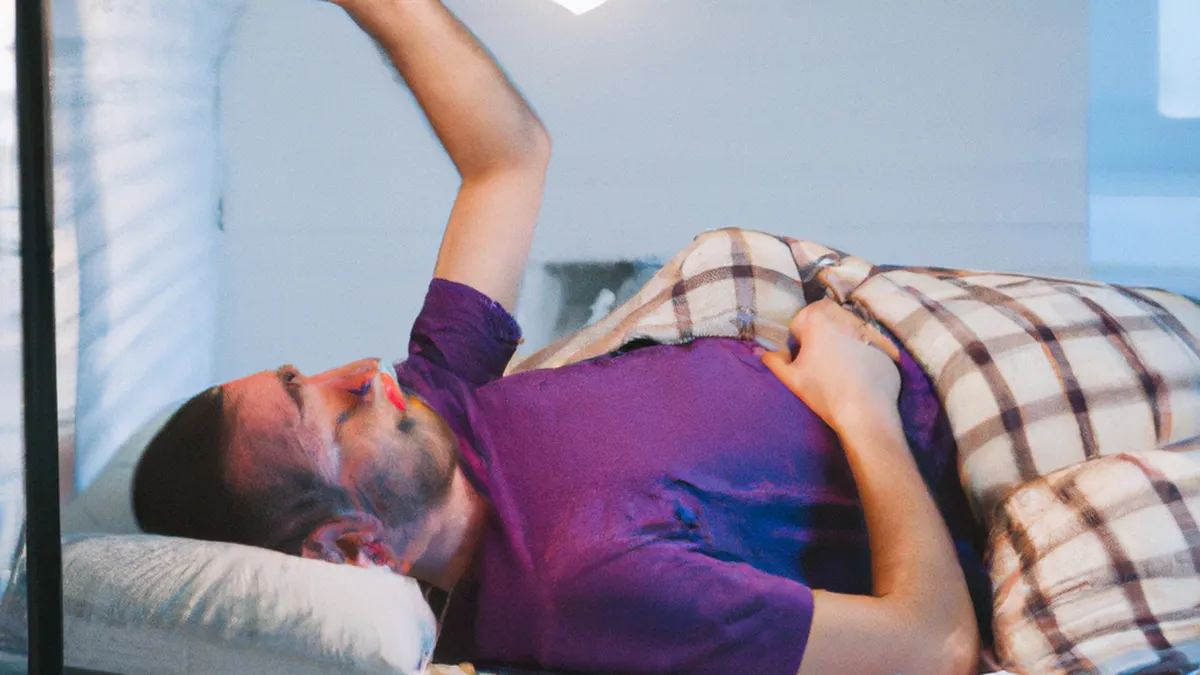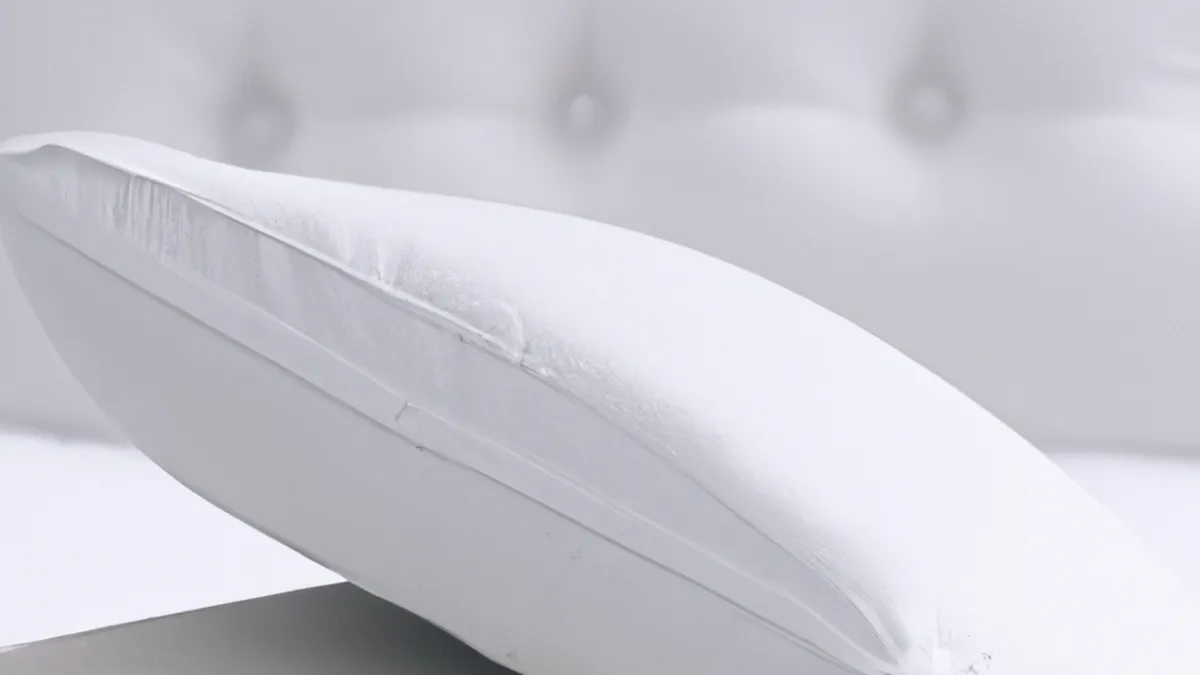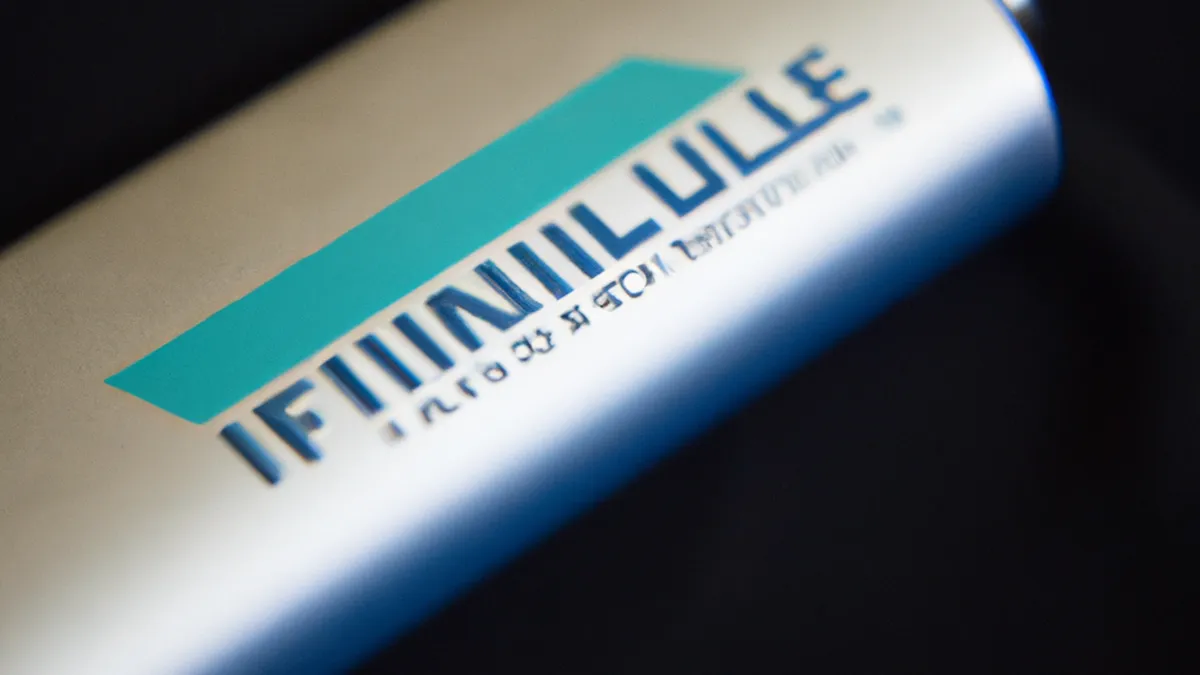Venturing Into Bedroom Comfort for RLS
The Importance of Sleep Environment in Managing Restless Leg Syndrome
Restless Leg Syndrome (RLS) affects millions globally. It causes uncomfortable leg sensations and an uncontrollable urge to move. RLS disrupts sleep quality and overall well-being. Symptoms worsen during rest, especially in the evening and night. As a result, RLS leads to sleep disturbances, daytime fatigue, irritability, and cognitive challenges.
Creating a conducive sleep environment helps manage RLS symptoms. In this post, we will explore how your surroundings affect RLS and provide tips for optimizing your sleep space.
Gear tip: consider resistance bands, foam roller and yoga mat to support this workout.
Understanding Restless Leg Syndrome
RLS manifests as uncomfortable leg sensations, often described as crawling or tingling. These sensations create a strong urge to move, complicating relaxation and sleep. Researchers still do not fully understand the exact cause of RLS. They believe genetic, environmental, and neurological factors play a role.
Lifestyle choices can exacerbate RLS symptoms. High caffeine intake, sedentary behavior, and stress can worsen discomfort. A holistic approach to managing RLS includes lifestyle changes, relaxation techniques, and a sleep-friendly environment.
Tips for Creating a Sleep-Friendly Environment
1. Choose the Right Mattress
A supportive mattress is vital for a good sleep environment. It should offer comfort and pressure relief. An ideal mattress for RLS should balance firmness and softness. Memory foam and hybrid mattresses contour to your body while providing support.
2. Control Bedroom Temperature
Bedroom temperature significantly impacts sleep quality. Studies suggest an ideal range of 60-67°F (15-19°C). Extreme temperatures can disrupt sleep cycles and worsen RLS symptoms. Use fans, air conditioning, or heating to maintain comfort. Additionally, breathable bedding regulates body temperature at night.
3. Minimize Noise
Noise pollution disrupts sleep quality. Sudden sounds can wake you and prevent you from falling back asleep. To create a peaceful atmosphere, use earplugs or white noise machines. White noise masks background sounds, promoting sleep. Alternatively, nature sounds or soft music can help you relax.
4. Limit Light Exposure
Light regulates sleep patterns. Reduce exposure to bright lights before bedtime. Use blackout curtains to darken your room and promote restful sleep.
Conclusion
A conducive sleep environment plays a vital role in managing RLS symptoms. By optimizing your surroundings, you can improve your sleep quality and overall well-being.
Below are related products based on this post:
FAQ
What is Restless Leg Syndrome (RLS) and how does it affect sleep?
Restless Leg Syndrome (RLS) is a condition characterized by uncomfortable leg sensations, often described as crawling or tingling, which create a strong urge to move. These sensations typically worsen during rest, especially in the evening and at night, leading to significant sleep disturbances, daytime fatigue, irritability, and cognitive challenges.
How can I create a sleep-friendly environment to manage RLS symptoms?
To create a sleep-friendly environment, consider choosing a supportive mattress that balances firmness and softness, maintaining a comfortable bedroom temperature between 60-67°F (15-19°C), minimizing noise with earplugs or white noise machines, and limiting light exposure with blackout curtains. These adjustments can significantly improve sleep quality and help manage RLS symptoms.
What lifestyle changes can help alleviate RLS symptoms?
Lifestyle changes that may alleviate RLS symptoms include reducing high caffeine intake, engaging in regular physical activity, managing stress through relaxation techniques, and ensuring a conducive sleep environment. These holistic approaches can help mitigate discomfort associated with RLS.















Post Comment